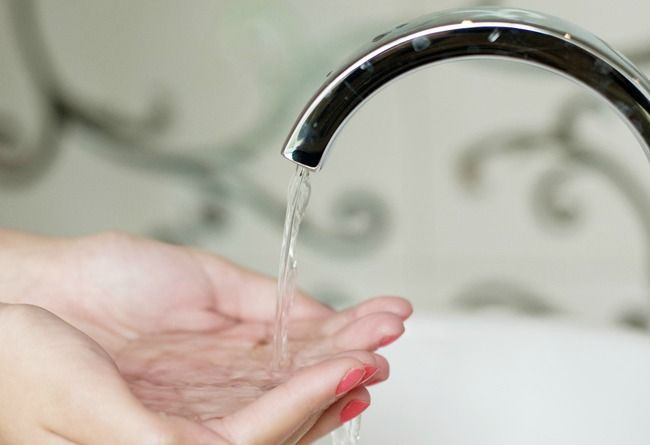Your Acne Treatment May Be Prone To Antibiotic Resistance: What You Need To Know

The Centers for Disease Control and Prevention issued a report in 2013 called "Antibiotic resistance threats in the United States," and it was the first report (landmark, even, said The White House) to quantify the real threat of antibiotic-resistant germs. According to the CDC, at least two million people become infected with antibiotic-resistant bacteria, and 23,000 people die from other conditions complicated by said infection.
There are already a few germs resistant to bacteria, so when antibiotics kill the bacteria-causing illness, resistant germs remain, grow, and spread. From 2006 to 2008, the likelihood of this happening has doubled — and rates continue to rise. Today, hospitals and other health care settings have seen drug-resistant pneumonias, sexually transmitted diseases, and skin infections.
Dermatology isn’t typically the field people consider when they hear the phrase “antibiotic resistance.” It is, however, a growing concern. In fact, resistance in acne may be a primary player in the overall issue. And so, the CDC has partnered with global dermatology company Galderma Laboratories, L.P. and the American Acne and Rosacea Society to educate people on the impact antibiotic resistance has on acne treatments. The CDC even dubbed this past week, Nov. 17-23, antibiotics week.
Forty to 50 million Americans suffer from acne, with most skin problems first surfacing in a person’s early teens and lasting through his or her adult life. And an existing problem with acne treatments is some of its soothing ingredients, such as salicyclic acid, help skin shed dead cells as much as it dries and irritates it. Now, antibiotic resistance threatens these treatments from working at all, which Dr. Michelle Henry, a NYC-based, Harvard trained, and board certified dermatologist, told Medical Daily is an “expected phenomenon.”
“Due to evolutionary pressure, bacterial species develop mechanisms to resist antibiotics,” she said. “It’s Darwinian — survival of the fittest. This causes the hardiest of the bacteria to survive and flourish, which is a huge heath concern.”
Propionibacterium acnes is the acne-causing bacterium, and it’s becoming increasingly resistant to topical and oral antibiotics. Thus, it may potentially cause a decrease in treatment efficacy against acne. While there are antibiotic-free treatment options, such as Epiduo® Gel 0.1%/2.5%, “antibiotic-free” is in danger of becoming a buzz word. Think the “100% natural” of skin care.
“Every treatment that is antibiotic-free is not safe,” Henry said. “I recommend clearing all medication with a dermatologist prior to using a new product.”
Ingredients a person with acne can trust, Henry said, are benzoyl peroxide acid and glycolic acid; salicyclic acid, too, but be weary of overuse. Keeping stress, hormones, and diet in check can lessen how much treatment a person needs at all, since these three factors can affect and exacerbate acne. It also helps to wash the face sparingly. Contrary to popular belief, acne is not caused by a lack of hygiene. Overwashing only dries out the skin and reduces its function to work as a protective barrier.
Henry recommends people seek treatments tailored to their skin type. She likes Cetaphil’s DermaControl line, but doctors and dermatologists can help people deduce the best, safest products for them and their skin. When in doubt, keep it simple.
"Many women and men become mad scientists by overusing products and even making their own concoctions. This leads to angry, inflamed skin,” Henry said.
It would be remiss not to say antibiotics aren't always needed, whether it's to treat acne or a seasonal cold. Visiting cdc.gov/smart helps people stay up to date on the latest clinical guidelines and local antibiotic resistance patterns, so they can properly care for every aspect of their health.



























